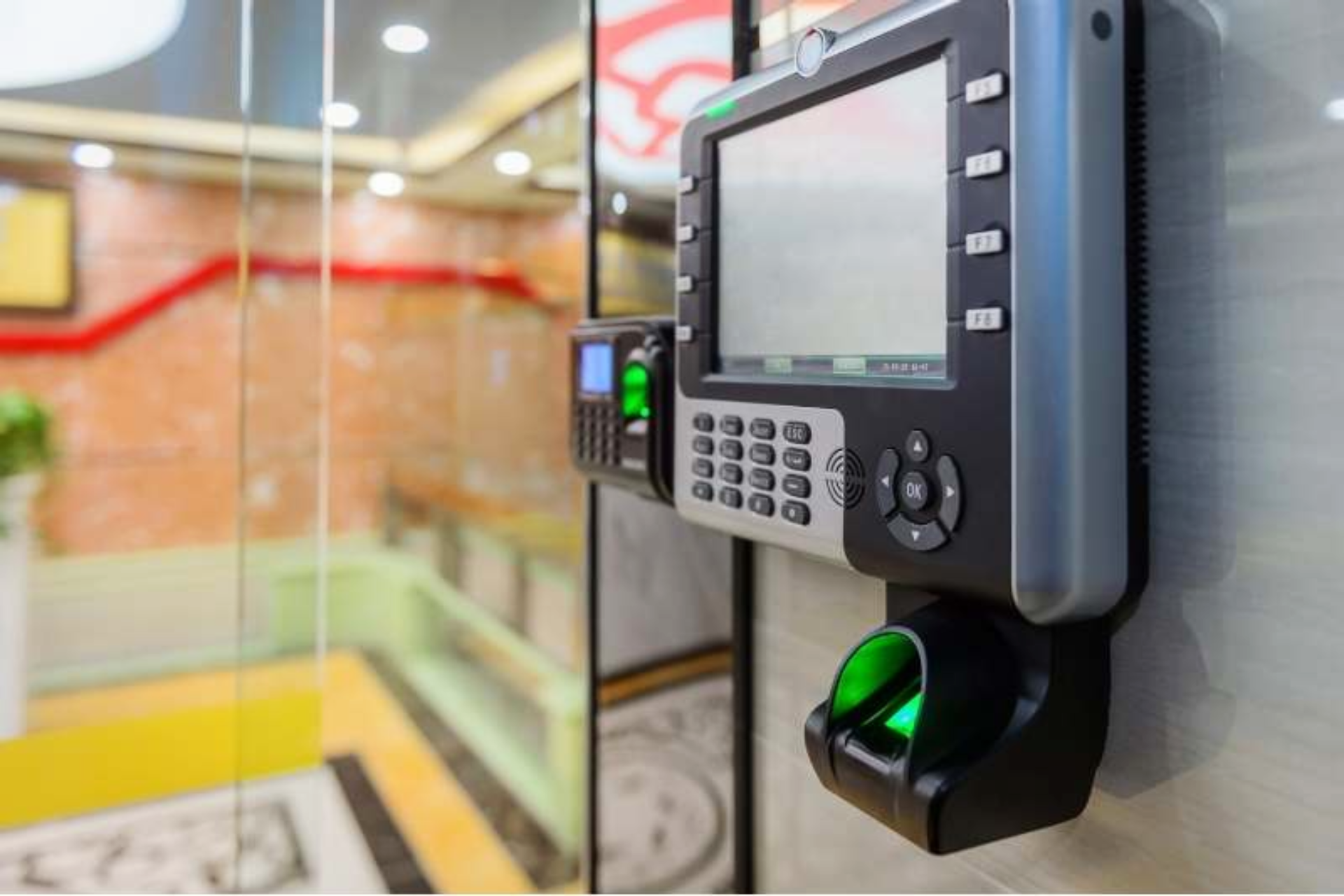Access control is essential to cybersecurity, information security, and identity management. It ensures only individuals have access to sensitive systems and data, preventing unauthorized access or inadvertent disclosure of sensitive information. The National Institute of Standards has provided several definitions of access control. Regardless of the report, the process involves authentication, authorization, and accountability.
Identification
Various types of access control systems are available. These systems utilize a variety of components, including proximity card readers, electronic locks, and electromagnetic gates. Proximity card readers read identification information from the card and transmit it upstream to a controller for processing. The controller then grants or denies access based on the user’s credentials. For example, a proximity card reader in an office building might be used to verify a guest’s identity in a hotel room.
In the case of a logical access control system, a keypad or some other type of token is used to validate the user’s identity. This way, an employee or customer cannot gain access to a sensitive database or program unless they have the correct permissions. This type of access control system is typically implemented in a corporate environment. It also controls individual access to specific computer resources and devices. Different individuals can have additional access privileges, and other devices have different access levels.
Identity verification and authorization are other critical functions of access control systems. Although these two processes are crucial for organizations with different authorization levels, it permits or restricts access to information allowing administrators to add and edit user profiles. It also helps prevent lower-tier users from accessing certain parts of a system. Despite their importance, access control systems vary in how they manage user authorization. By defining the role of each employee and group, you can prevent inappropriate access by granting access based on their roles.
Authentication
Authentication is a fundamental component of access control and is an essential step in ensuring that people can access only those areas that have been approved. Access control has many applications, whether a private sector or government institution. For example, in one scenario, access control permits or restricts access to information to only authorized personnel. In another, unauthorized personnel could have access to the entire building. Authentication aims to protect information and assets while giving access to authorized users only.
Authentication is a critical step in ensuring that no unauthorized person can gain access to sensitive information. This process is enforced by providing that the security attributes of the individual or group match. For example, human resources personnel may have privileged access to information regarding an employee’s pay or other details. For this access control, an organization may create a standardized privileged user account and apply time-bound restrictions. Another access management strategy is Network Access Control (NAC), which requires device and network user authentication. NAC also ensures that devices have security patches and anti-virus software.
When setting up access control, it’s critical to establish the rules for each user. First, the administrator must specify how and when a user can access a resource. For example, the rules may be based on the user’s job function, time of day, or location. Those granted access are granted access according to their assigned privileges. These rules are easier to manage and administer.
Accountability
An effective access control system is essential for a variety of reasons. For instance, accountability provides a mechanism for administrators to monitor user activity and see how much system resource is used. Performing auditing and developing systems to create audit trails are two ways to ensure accountability. In addition, a properly implemented access control system can ensure that only the right people are granted access. Finally, an access control system can improve the security of any facility or information system by providing accountability and auditing.
Access control systems manage authorization, authentication, access approval, and entity accountability. Users are assigned roles based on data types and can access only what they are authorized to. Access rights describe which data a user has access to and what actions they can perform on it. These actions may include viewing only data, creating a document, or deleting a file. In addition, the user can assign others to access the system, but only if they have the proper credentials.
To ensure accountability, organizations must make a detailed report of all activities, including access to sensitive information. This provides complete control over data and its proper use. RSA Identity Governance and Lifecycle automates monitoring, review, and remediation. As a result, IT managers can focus on other aspects of their business, including protecting sensitive data. However, accounting for access control can be complicated. The key to successful data governance has a system that supports a holistic approach.





